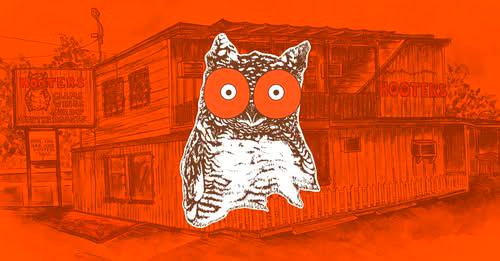NEW YORK: Restaurant chain Hooters of America filed for bankruptcy in Texas on Monday, seeking to address its $376 million debt by selling all of its company-owned restaurants to a franchise group backed by the company's founders.
Hooters, like other casual dining restaurants, has struggled in recent years due to inflation, the high costs of labor and food, and declining spending by cash-strapped American consumers. The company currently directly owns and operates 151 locations, with another 154 restaurants operated by franchisees, primarily in the United States.
The privately-owned company, which shares a private equity owner with recently-bankrupt TGI Fridays, intends to sell all corporate-owned locations to a buyer group comprised of two existing Hooters franchisees, who operate 30 high-performing Hooters locations in the U.S., mainly in Florida and Illinois.
Hooters did not disclose the purchase price of the transaction, which must be approved by a U.S. bankruptcy judge before it becomes final.
Founded in 1983, Hooters became famous for its chicken wings and its servers' uniform of orange shorts and low-cut tank tops.
The buyer group is backed by some of Hooters' original founders, and it pledged to take Hooters “back to its roots.”
“With over 30 years of hands-on experience across the Hooters ecosystem, we have a profound understanding of our customers and what it takes to not only meet, but consistently exceed their expectations,“ said Neil Kiefer, a member of the buyer group and the current CEO of the original Hooters' location in Clearwater, Florida.
Hooters said it expects to complete the deal and emerge from bankruptcy in three to four months. The company has lined up about $35 million in financing from its existing lender group to complete the bankruptcy transaction.
Casual dining restaurants have been hammered by rising costs in 2024, with well-known chains like TGI Fridays, Red Lobster, Bucca di Beppo, and Rubio's Coastal Grill all filing for bankruptcy last year.
Restaurant prices have risen about 30% in the last 5 years, outpacing consumer prices overall, according to the Federal Reserve Bank of St. Louis.









